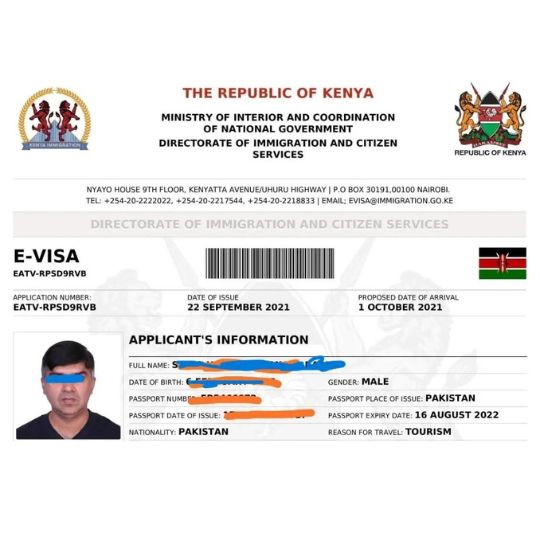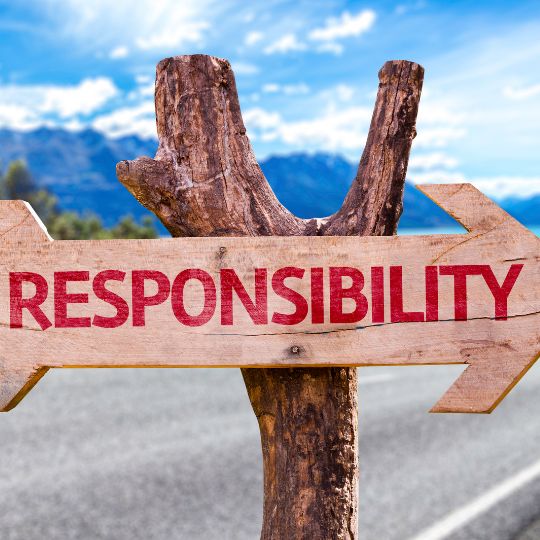With beautiful terrains and unique wildlife, Kenya has always been on the bucket list of travellers and wildlife lovers. In the following article, we will look at some of the things you will encounter if this is your first trip to the East African jewel.
Be it the Savannah plains of the famous Masai Mara or the azure waters of the Indian Ocean, Kenya is full of beautiful sights that will amaze you. Here is a complete guide that will briefly take you through everything you need to know in your first Kenyan adventure.
Why Kenya Should Be Your First Destination in Africa?

Kenya stands out as an ideal destination for first-time travelers to Africa for several reasons:
- Well-established tourism infrastructure
- Diverse landscapes and ecosystems
- Rich cultural experiences
- Excellent wildlife viewing opportunities
- English is predominantly used in the region, thus increasing the chances of accessible communication.
With its exciting combination of natural parks and cultural heritage, Kenya is ideal for a first-time traveler to Africa.
When to visit Kenya
There is nothing as important as the time when one is planning to visit this country called Kenya. Here’s what you need to know:
Dry season (peak tourist season).
- June to October: Specially suited for wildlife watching during the Great Migration.
- December to March: Best suited for beach and wildlife safari holidays.
Wet Seasons (Lower Tourist Numbers)
- March to May: Long rains: some lodges may be closed.
- November to December: Short rains; landscapes are lush and green
The dry seasons are usually more convenient for first-time visitors because the wildlife is easier to find and traveling conditions are less harsh.
Must-Visit Destinations in Kenya

-
Masai Mara National Reserve
The migration, which takes place in the Mara, makes it a dream destination for lovers of the wild. Here, you can see thousands of wildebeests and zebras crossing the dangerous rivers of Mara, with predators close at the tail. Don’t miss:
- Balloon safaris at sunrise
- Tours to true Maasai villages
- Game drives with the aim of identifying the famous big five, which are lion, leopard, elephant, rhino and buffalo.
-
Amboseli National Park
Renowned for its large elephant population and the marvellous scenery of Mount Kilimanjaro, Amboseli is an exceptional destination for a fascinating safari. Key highlights include:
- Trekking and snapping photographs of elephants against the backdrop of Mount Kilimanjaro
- Participate in bird watching within the wetlands of the park.
- Cultural interactions with the local Maasai community
-
Nairobi
The capital city of Kenya is a lively city that ought not to be ignored. Top attractions include:
- The David Sheldrick Wildlife Trust’s elephant orphanage
- Nairobi National Park, the world’s only national park within a capital city
- The Giraffe Centre, which breeds endangered Rothschild’s giraffes and offers visitors a chance to feed them.
-
Lamu Island
For a taste of Kenya’s coastal culture, visit Lamu Island. Experience:
- Strolling through the alleys of Lamu Old Town – a UNESCO World Heritage site
- Relaxing on pristine beaches
- Having a romantically spectacular meal in a historically styled dhow with light from the setting sun
Basic Checklist for a First-Time Tourist to Kenya

Visa and Entry Requirements
The nature of visa requirements is as follows: most visitors who intend to visit Kenya must apply for eTA . The process is straightforward:
- The official eTA.go.ke website will be used to apply for the visa online.
- You must make this payment, which is about $50 for a single-entry Tourist Visa.
- Carry the visa approval and make a hard copy to produce upon arrival.
Health and Safety
Take these precautions to ensure a safe and healthy trip:
- Vaccinations: Discuss the matter with your doctor regarding necessary vaccinations, like yellow fever, which is compulsory at some countries’ entry points.
- Malaria prevention: Malaria is a prevalent disease in Kenya. Follow the proper prevention and apply anti-biting insect repellent.
- Travel insurance: For every possibility, it is recommended to have an extensive travel insurance plan.
- Safety: Safety is relatively good in Kenya, but tourists should be cautious in some urban areas and follow the advice of local authorities on safety.
Packing Essentials
Pack smart for your Kenyan adventure:
- light-weighted and comfortable clothing
- A warm layer for those cold mornings and evenings.
- Comfortable walking shoes
- Personal protection (hat, sunglasses, and sunscreen)
- Binoculars for wildlife viewing
Cultural Sensitivity
Respect local customs and traditions:
- Avoid dressing in revealing clothing, especially in coastal and rural areas
- Request permission before you take photographs of people
- Try studying a couple of simple Swahili phrases like “Jambo”, which means hello, and “Asante”, which means thank you.
Getting Around Kenya
Kenya offers various transportation options:
- Domestic flights: Optimal for providing coverage for large areas within a short period
- Safari vehicles: Crucial for game drives in national parks
- Matatus: Local minibusses to travel short distances (be careful and avoid using them late at night).
- Taxis and ride-hailing apps: Good for use around the city.
For first-time visitors, organized tours or private drivers are often the most comfortable and secure options.
Accommodation Options

Kenya caters to all budgets and preferences:
- Luxury lodges: For a high-end safari experience
- Tented camps: Offering comfort with a touch of adventure
- Beach resorts: Perfect for relaxation after a safari
- Budget hotels and guesthouses: Available in most towns and cities
Kenyan Cuisine: A Delightful Food Trip

Don’t miss out on trying local dishes:
- Nyama Choma (this is roasted meat; it may be goat or beef or any other meat that the buyer prefers)
- Ugali, which is a staple food made from maize flour.
- Sukuma Wiki (collard greens)
- Variety of seafood in the coastal areas
Responsible Tourism in Kenya

As a visitor, you play a crucial role in preserving Kenya’s natural and cultural heritage:
- Hire services that promote and use eco-friendly lodges and tour companies.
- Do not approach the wildlife to take pictures, and do not forget the rules stated in the parks.
- Buy handicraft products from the locals to help boost their economy.
- Minimize your plastic waste
Planning Your Itinerary

For a first-time visit, consider this sample 10-day itinerary:
- Day 1-2: Nairobi (arrival/acclimatization and city tour)
- Day 3-5: Maasai Mara (wildlife viewing)
- Day 6 & 7: Amboseli National Park (with elephant observation and views of Mount Kilimanjaro)
- Day 8-10: Relaxation at either Diani Beach or Lamu Island.
This package proposal offers a moderate level of wildlife, cultural encounters, and free time, which is ideal for first-time visitors.
Conclusion
With Kenya, you get a perfect first taste of what Africa offers. Thanks to the appealing geography, endogenous and exotic fauna, and diverse and colourful culture, your first journey to Kenya will be truly memorable.
Following this guide will prepare you to embark on your Kenyan adventure, creating memories that will last a lifetime. That is why they should pack and charge their cameras as they prepare to embark on the experience of a lifetime in enchanting Kenya.





